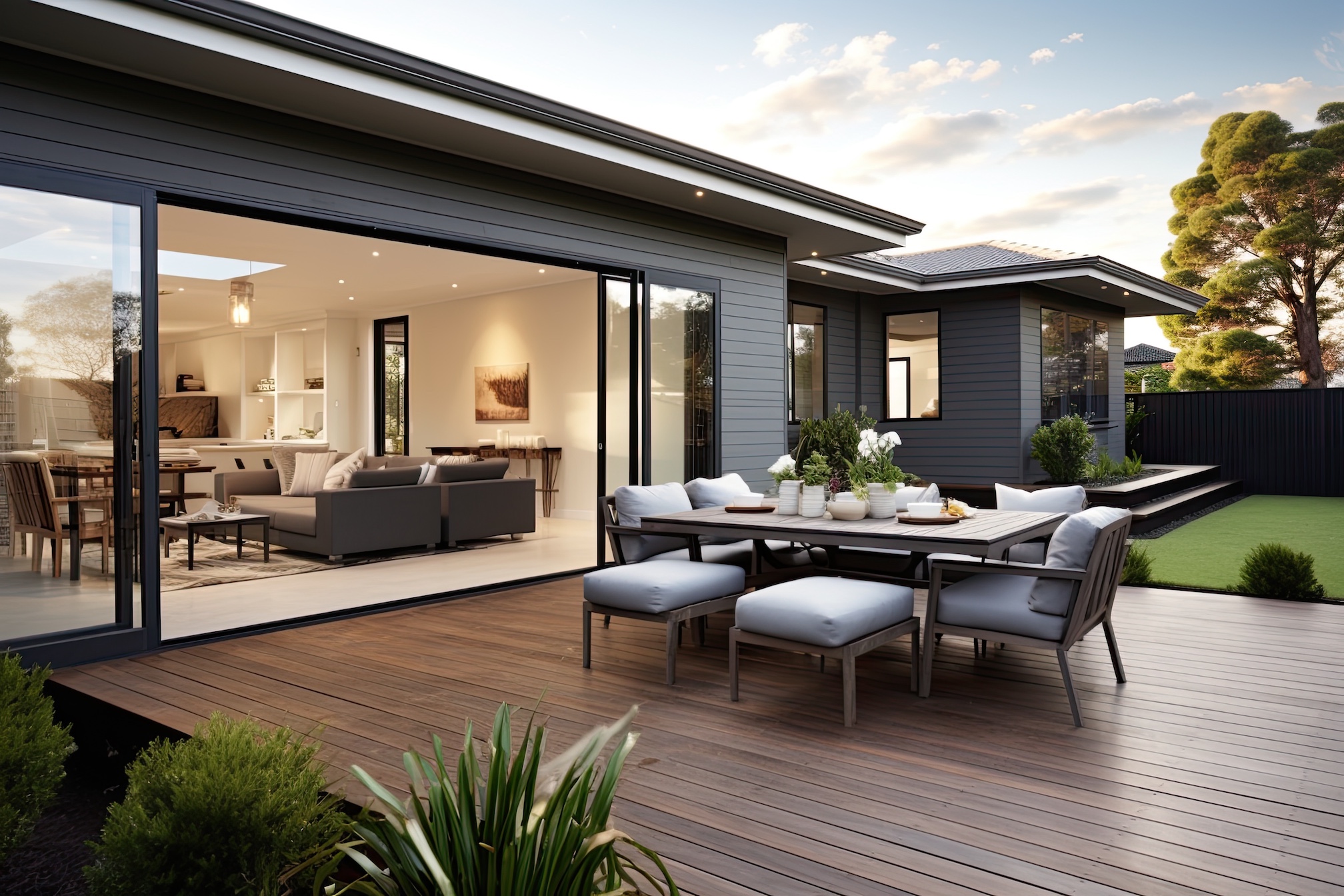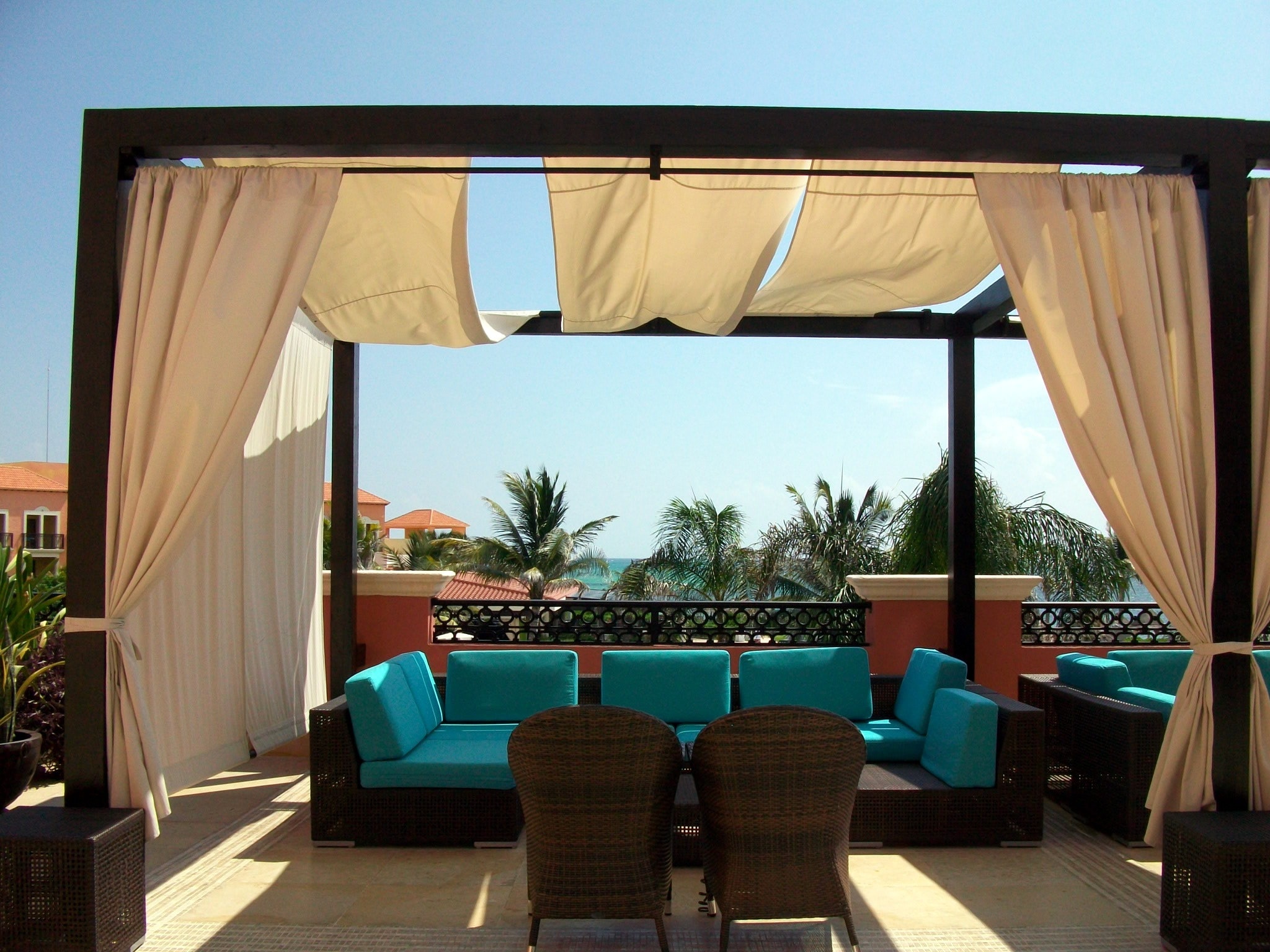Workers are becoming more modern and mobile, both of which is reflected in their work and devices. Workers don’t work in individual office spaces like they used to. Thanks to the increased use of technology, employees can now work anywhere they want. They can decide if they want to work from home or at the office. Companies must meet these changing demands by improving the current office space including its design.
Workers want to be able to work as comfortably as possible. They’re looking for chairs and desks that come with height adjustability and built-in technology. It should move up and down to accommodate the employee. It should have room for their charging station, multiple devices, and a laptop. They want a workspace that allows them to collaborate and meet with clients effectively.
Since they’re moving around, they don’t want to be assigned to a certain desk or workspace. Companies are looking beyond the reception desk when it comes to designing furniture. There has been an increase in demand for diverse and mixed workspaces. Most workers are wanting flexible and modular seating options, including workspaces that offer various purposes.
The furniture should not only be comfortable and functional, but it should also be durable and multi-functional. Most of these office trends have reached numerous industries. There are numerous factors for the increased use of temporary workspaces, including the furnishings that are included with it. Here are three trends in office space and furniture design.
1 – Collaboration
Most offices have transitioned from cubicles to collaborative workspaces. This has inspired by the numerous tech startups in Silicon Valley. This means a decrease in individual workspaces that employees are used to. The average office space was around 400 square feet in 1965. Nowadays, companies only reserve 151 square feet for each of their employees.
Most workspaces today are considered cubicles. These are offices that are blocked off by walls. Cubicles are common in corporations and enterprises, and some companies are shaking them up by not having assigned seating. With this transition from individual offices to open workspaces means numerous benefits.
This allows employees to walk around freely and to engage with one another. It encourages collaboration and creativity. Even executives are opting to have collaborative workspaces within the open-office environment. Those who are used to working alone are embracing open-facing spaces. Including elements such as glass walls in boardrooms and conference rooms gives that collaborative feel that workers are looking for.
2 – Technology
As technology tools continue to rise, workstations have to accommodate them. For example, a reception desk should include room for a smartphone or tablet, not just the desktop computer. Office furniture designers are responding to the needs of the modern workforce by including adjustable desks, wire management systems, and USB charging ports. Technology has made it possible for workers to work outside the confines of their office.
Most companies are implementing the use of collaborative workspaces and temporary offices. This allows a diverse group of creatives to work together on a single project with their laptops, smartphones, and tablets. As companies are becoming more technologically savvy, they’ll have to rely on the use of cloud technology to store their data safely. New trends such as the Internet of Things and smart devices has to lead to the use of modern offices in which lighting, security, and collaboration is controlled by an interconnected network.
3 – Functionality
As technology increases the demand for mobile offices, companies are finding ways to meet those demands. They want to ensure that their employees are as happy and productive as ever. This involves choosing the right office furniture that improves comfort and productivity. An adjustable or standing reception desk is on the rise to accommodate the needs of the modern employee.
There are some individual workspaces that are becoming a thing of the past. Other workspaces are becoming specialized. Private offices used to be reserved for the CIO or CEO. But some companies are finding new ways to allocate resources than to assign workspaces based on seniority.
For example, a product development engineer could benefit more from an individual workspace rather than an executive who meets with clients and business partners throughout the day. It’s better for the executive to work I a collaborative office space or temporary workstation.
This trend has also shifted to companies focused on activity-based office design. Rather than using office furniture for individual departments or employees, they’re designing workspaces that include important functions. The new office space combines the use of cubicles, collaborative spaces, meeting rooms, and private spaces for temporary or individual work. Some are even dedicating certain spaces for entertainment and relaxation purposes.
Your workers’ productivity levels should be the main reason for redesigning your office space.
If you noticed that your workers aren’t at their best, then consider whether they work best in a collaborative environment or on their own. Remember that everyone is not the same and works at their own pace. Each person also works differently when it comes to tackling an important project.
Invest in functional and durable furniture that stands up to challenges and active employees allows them to focus on the project at hand and get that work down. While most companies consider the furniture’s cost, they save more since they’re not investing in individualized workspaces. Companies are looking for furniture that has the right balance of cost, collaboration, function, and value.




 POSTED BY
POSTED BY 

